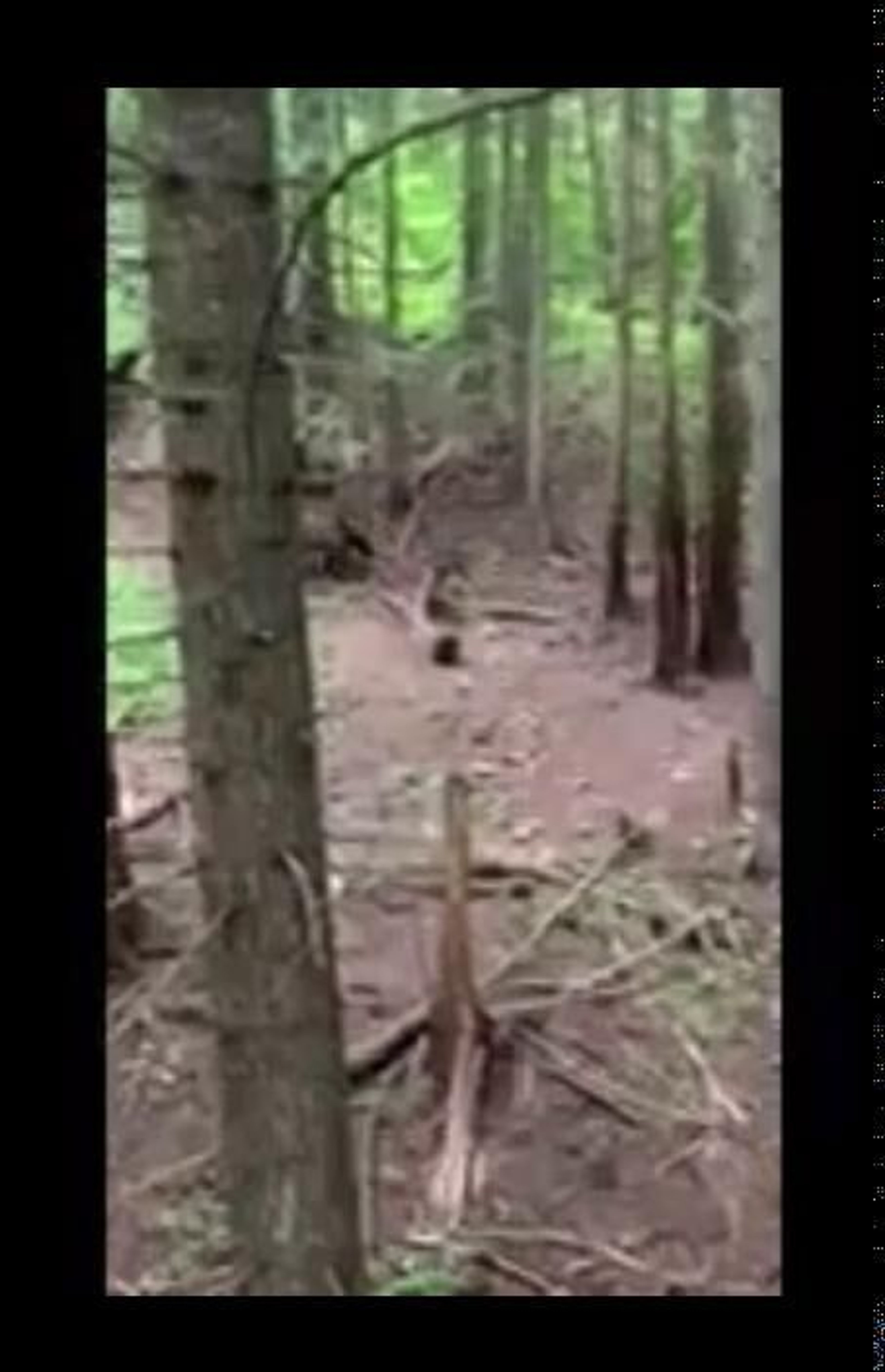Japanese beetle infestation spreading in Washington
Detections of crop-destroying invasive pest have spread more than 65 miles on the Interstate-82 corridor
The Washington State Department of Agriculture is asking the public for help identifying and reporting Japanese beetles that appear to be spreading throughout the state.
On Thursday, the department confirmed a Japanese beetle catch in Richland, more than 35 miles east of the current proposed quarantine zone in Grandview. Earlier this week, officials confirmed a detection in Wapato, 30 miles west of Grandview, meaning detections have expanded more than 65 miles of the Interstate-82 corridor, which is a major pathway for much of the state’s agricultural production.
Camilo Acosta, the Japanese beetle eradication project coordinator, said finding two detections so far from the original grid in two separate directions suggests the crop-destroying beetle is spreading quickly.
“The longer the invasive pest continues to thrive here,” Acosta said. “The more difficult and expensive it will be to control.”
State officials are urging growers and community members in Yakima, Benton and Franklin counties to monitor for these beetles. Growers can consult crop protection specialists and community members or consult Washington State University’s extension’s website for guidance on protecting their crops and gardens from this invasive pest.
Japanese beetle adults are metallic green and brown and have little tufts of white hair on their sides. They emerge, usually from lawns or in other soil, in the spring and feed throughout the summer. From fall to spring, the grubs (larvae) overwinter in the soil and slowly develop into mature adults ready to emerge again in the spring.
Anyone wishing more information about the beetle and plans to eradicate it may visit agr.wa.gov/beetles.








